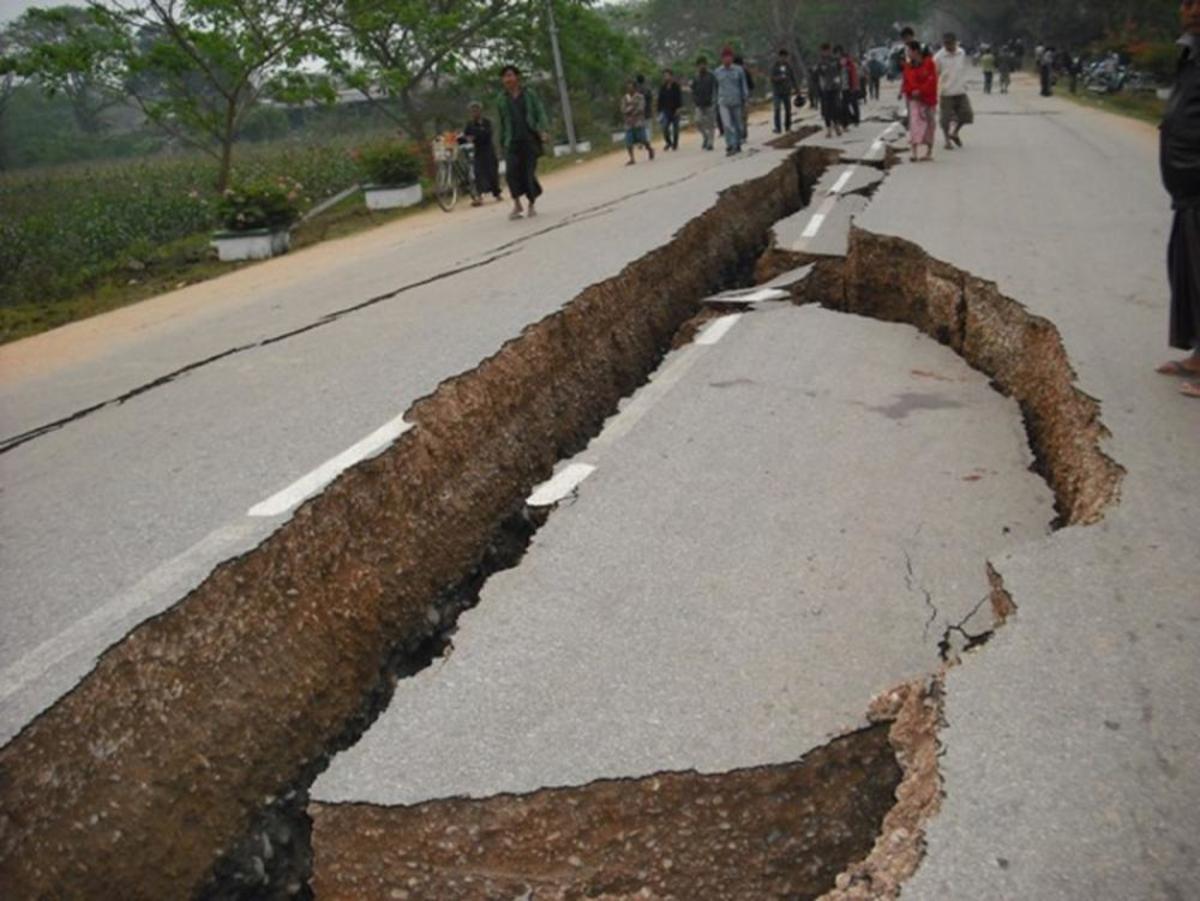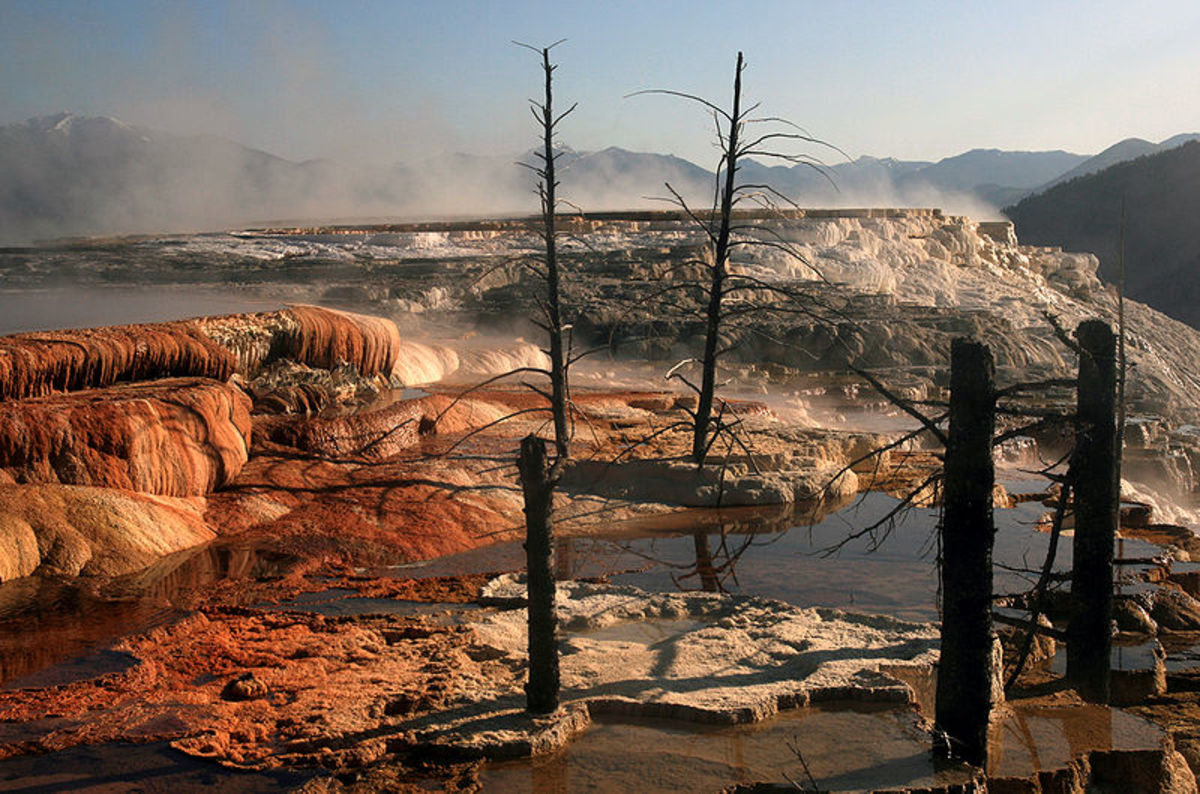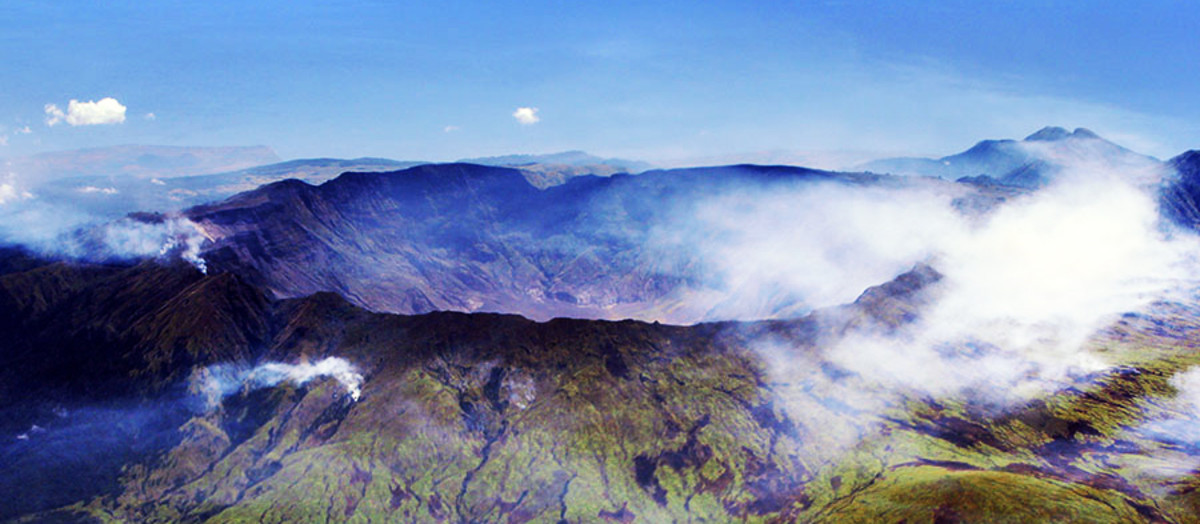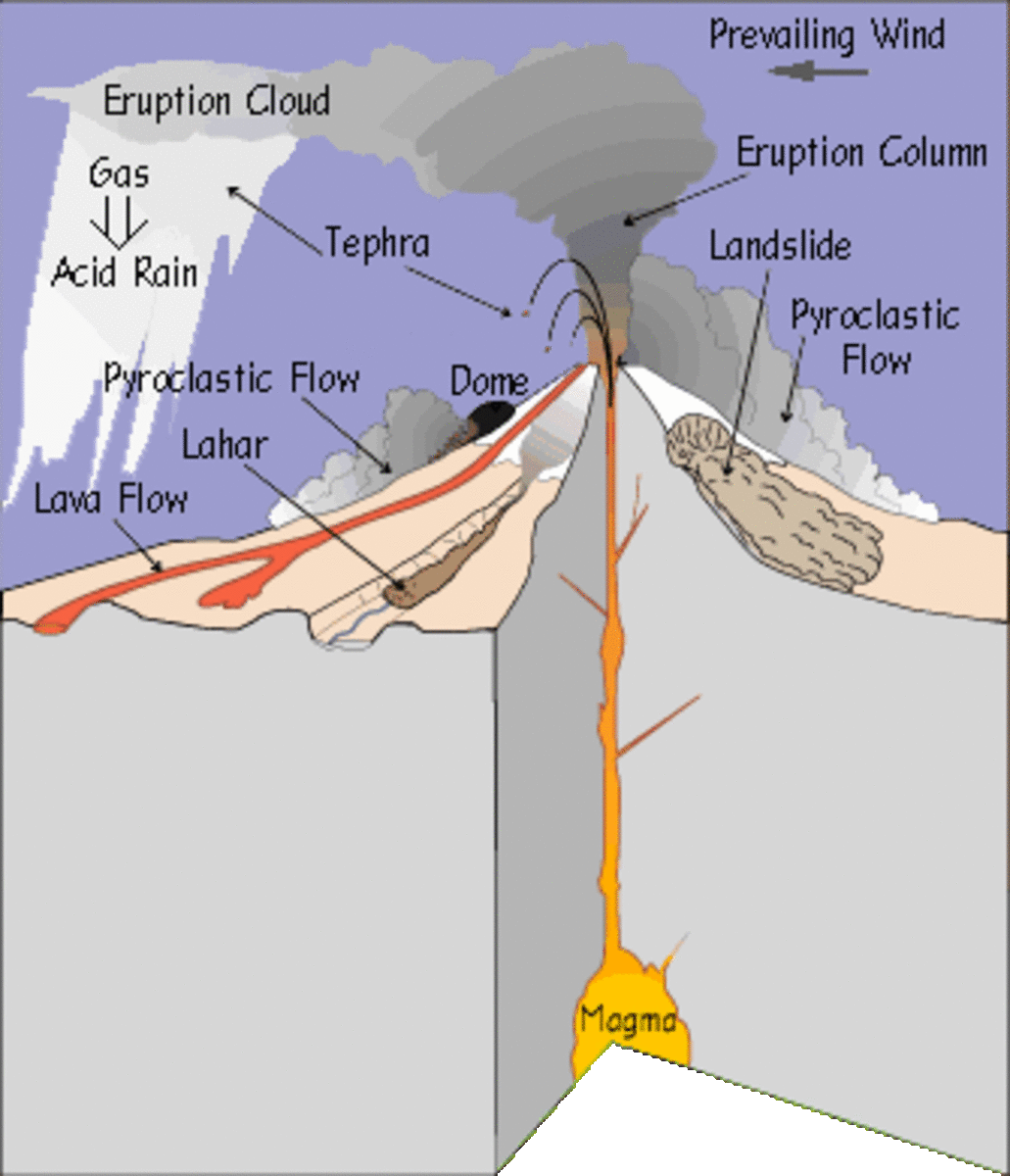Earthquake Weather Report for September-October 2013
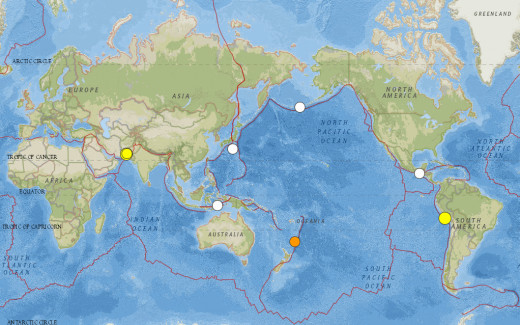

On the 30th of August, 2013, there was a 7.0 magnitude earthquake in Alaska. It happened to occur within a very wide, astrologically defined window that extended from the 28th of August through the 9th of September. So, when Alaska had an aftershock to that quake—of anywhere from 6.3 to 6.5 magnitude—on September 4, it occurred within this same window. Three other quakes; two of 6.5 and one of anywhere from 6.4 to 6.6 magnitude also happened during the first week of September. As you can probably tell from the range of magnitudes for two of the above quakes, not all of the sources agreed on just how big some of these quakes were.
That last Alaskan earthquake was an aftershock, so I don't consider it a factor (even if it did fall inside a window area). The reason for this is that, unlike pre-shocks, after-shocks are (in my opinion at the moment) more likely to be random or like wild cards. However, this month had two significant after-shocks that turned up inside predicted windows. The second one was the 6.7 or 6.8 magnitude aftershock that occurred a few days after the major 7.7 magnitude earthquake in Pakistan on the 24th of September, taking the lives of hundreds of people (the aftershock took another 15 lives or more). This was followed a day later by a 7.0 or 7.1 magnitude shock in Peru and a 6.4 or 6.5 temblor in the Kermadec Islands of New Zealand on the 30th of September. All of these last four earthquakes, except for the aftershock, were outside window areas.
Normally, I define a significant earthquake as one that measures at least 6.5 in magnitude. In an average month there should be three quakes in the 6.5 to 7.2 magnitude range and one quake of magnitude 7.3 or larger. If you lower the bar to 6.4 magnitude, the average is four quakes from 6.4 to 7.2 per month and one above that range. Using both scenarios, September was an above average month. There were 6 rather than 4 quakes of 6.5 or greater using the USGS estimates and 8 rather than 5 quakes of 6.4 or greater using the IRIS estimates.
If one uses the USGS figures and measure significance as quakes of 6.5 magnitude and up, there were 3 quakes inside the forecast windows and 3 outside of them. Since the windows comprise half as much time as is measured outside of them, the number of earthquakes that occurred inside the windows was 1.5Xs greater than what one would expect for 6 such quakes in a given month (on average 2 earthquakes would fall inside the windows in a normal or random distribution).
On the other hand, if I factor in the two after-shocks or count them as ones that fell inside window areas, then there were 5 inside the windows and 3 outside. In doing so, the quakes inside the windows would be 1.875Xs greater than average expectations. In other words, I am reconsidering my stance on not including after-shocks in the results. But, in defense of exluding them, just before posting this hub (just a few hours into the month of October), there was a 6.7 magnitude aftershock to the deep 8.3 magnitude Sea of Okhotsk, Russia earthquake of May 23, 2013. If I am still exempting aftershocks from the results, then that would be one less random quake to concern myself with.
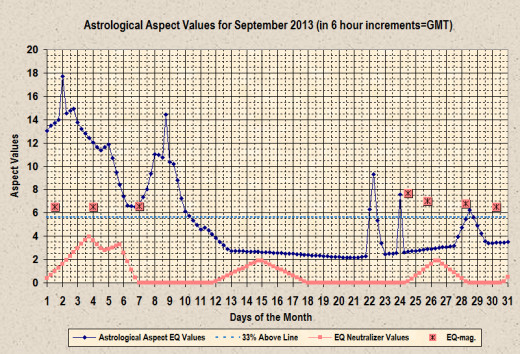
Another angle to consider is the amount of energy released for earthquakes inside or outside of the windows. The three quakes outside the windows by far surpassed the three inside the windows. Since the start of 2012, it has been mostly the other way around so this may signal that things could be about to turn around and astrology would then enter a phase when it is harder to forecast likely times of quakes.
Related to this, it may also signal that there will not be a significant second peak of sunspot activity in the southern hemisphere of the sun and that astrology won't play a dominant role again till just before solar minimum (a few years down the road). But, I am probably putting the cart before the horse; this could just be a temporary lull. It will take another couple of months to see if this is a trend or not.
Since September was such a mixed bag, it is hard for me to put a finger on what I think will occur in October. Up to this point I have not been too good at predicting locations but if I were a betting man I would wager on Turkey or Algeria having a significant earthquake. Also, the most likely time for earthquakes would be from just before the 15th of October to the middle of the 20th (using Universal or Greenwich Mean Time).
My database has a few more additions and is now up to 360 earthquakes that I estimate occurred within astrological windows. Using this data set and an additional prediction method—taking into account aspects between transits and Day-for-a-month progressions for these charts—I feel that I may be closer to pinning down likely locations than I have been before. One location that I am not likely to foresee is any quake occurring in Pakistan. I have only one quake from this country in my database. This is mainly because, unlike many countries that surround it such as Iran and Afghanistan, it has fewer deadly quakes there and for the ones that are on record, they don't appear to fit in with astrology with the exception of the one solitary quake that is in my database (a 6.0 magnitude earthquake with 5300 casualties on December 28, 1974). When I searched for a location for an earthquake at the date and time of the latest deadly quake in Pakistan, my program came up with Peru instead, or the site of the next big earthquake of 7.0 magnitude which happened the following day.
With the exceptions of two very small windows of a few hours each on the 1st and 8th days of October, there is a long stretch of days without a window until the middle of the month. I am expecting there to be no more than one significant (random) earthquake before the first window opens in the middle of October. I am expecting no less than one significant earthquake inside the first large window of October 15th through the middle of the 20th.
I am also seeing the possibility for a very large earthquake of 8.0 magnitude or greater before the end of this year. The reason for this belief is based on the similarity between the last two solar cycles and the two cycles that occurred at the end of the 19th century and the beginning of the 20th century. There was an exceptionally large earthquake in the Philippines in September 1897 of 8.7 magnitude and then two on the same day in August 1906 (one in Chile and one in Alaska), both greater than 8.0 magnitude. These two groups of events, separated by about 9 years, both fell inside astrologically defined windows, and I see a possible repeat of this pattern with the 9+ magnitude Indian Ocean earthquake of December 2004 and at least one earthquake of 8.0 magnitude or larger occurring around November 2013 (or during the last 3 months of 2013). The result of my forecast would have the present two groups landing during the same phases of the solar cycles as was the case 107.25 years before.
You might wonder what the odds are of their being an 8.0 magnitude earthquake during the last 3 months of 2013. Well, first let me point out that if that does happen there will be 3 such quakes occurring in 2013. There has been only two years since the year 1900 in which that has happened. There were 3 such quakes in the year 1946 and 4 such quakes in the year 2007, so it occurs only rarely. There was 60 years between those two years. But, at the same time, the annual rate for 8.0 magnitude or larger earthquakes since the start of the 21st century is twice what it was for all of the 20th century. So, based on that, one might expect that the next occurrence of a year with 3 or more 8.0 magnitude or larger earthquakes would be on or about the year 2038 or 25 years away. However, my estimation of the next three months points to their being a 50-50 chance of such a scenario in the year 2013.
Now for my forecasted windows with their peak times and possible epicenter locations for significant earthquakes (6.5 magnitude or greater, but as low as 5.8 if one occurs in California) during October 2013:
10/01/2013 @ 1510 UTC to 1930 UTC (4h20m)
Peak= 1720 UTC (China:Yunnan, Turkey)
10/08/2013 @ 0117 UTC to 0437 UTC (3h20m)
Peak= 0257 UTC (China, Philippines, Peru)
10/14/2013 @ 2100 UTC to 10/20/2013 @ 1200 UTC (5.5 days +3hrs)
Peak #1= 10/17 @ 0600 UTC (China, Alaska, Vanuatu, Papua New Guinea, Japan, Turkey, CA)
Peak #2= 10/19 @ 1800 UTC (Philippines, Nepal, India, Pakistan, Alaska)
10/25/2013 @ 1400 UTC to 10/28/2013 @ 0400 UTC (2.5 days +2hrs)
Peak= 10/27 @ 0000 UTC (Turkey, Algeria, Indonesia, India, Nepal, California, Alaska)
10/29/2013 @ 1800 UTC to end of the month (2.25 days)
Peak #1= 10/30 @ 1000 UTC (Iran, Algeria, Mongolia, Peru, Venezuela, California)
Peak #2= 10/31 @ 1200 UTC (Algeria, Turkey, Italy, Indonesia, California)
Note: The above windows take up 34.77% of the time during the month of October 2013.
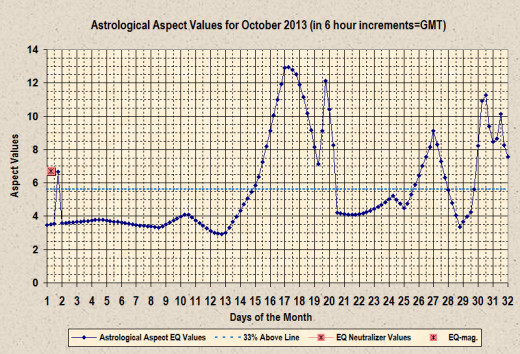
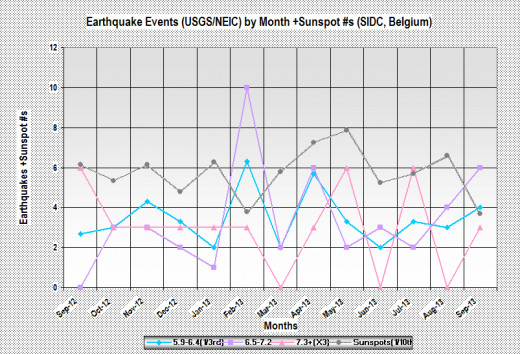
© 2013 Joseph Ritrovato

